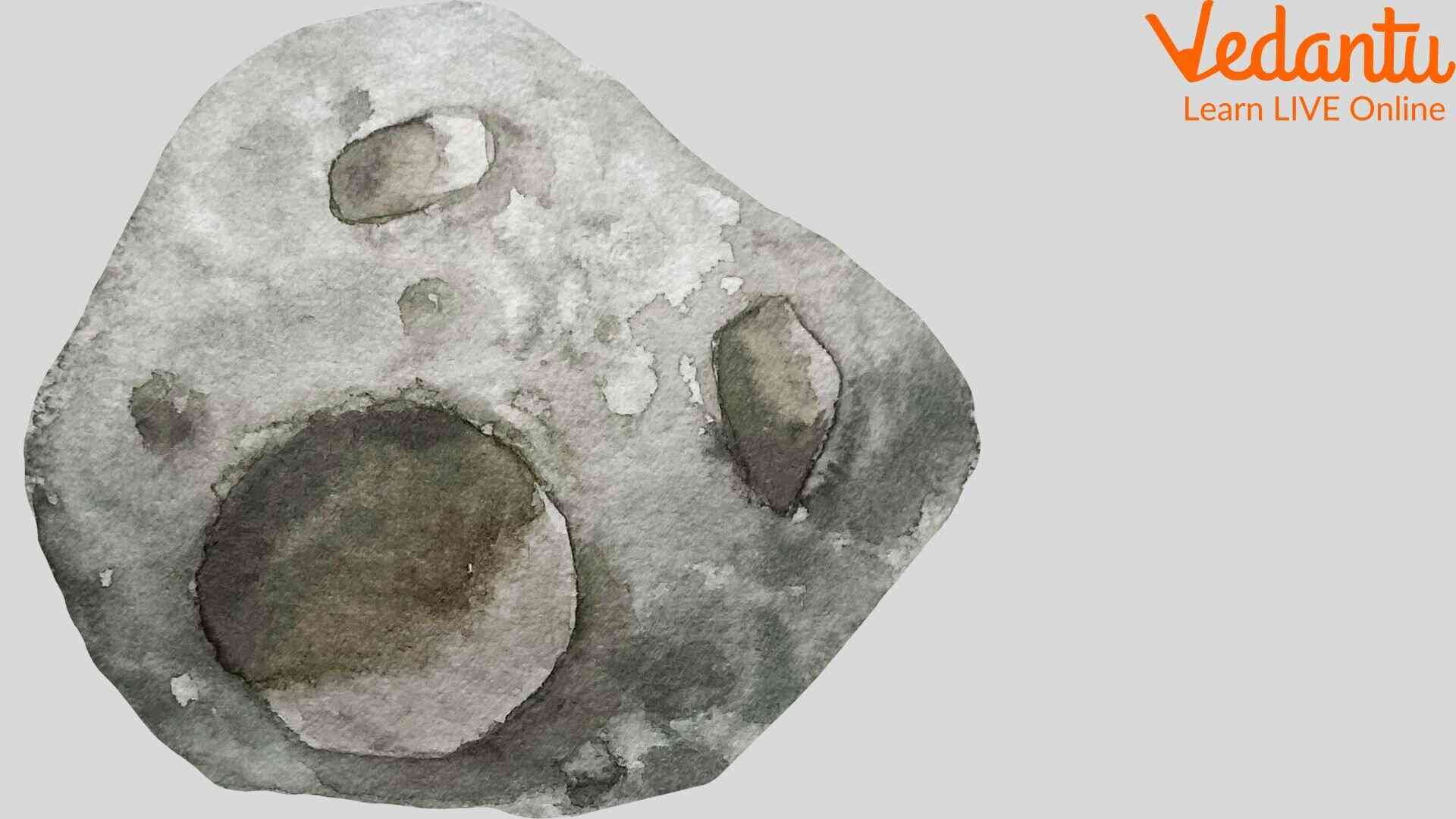International Asteroid Day: Spreading Awareness about Asteroids and Their Impacts
Asteroids are considered minor planets or preferably planetoids by astrophysicists due to their size. The impact of a potential asteroid can cause havoc on earth. These celestial rocks are space debris that revolves around the sun. History suggests the impact of many such asteroids in the past. To educate people and raise awareness, the United Nations celebrate the 30th of June as Asteroid Day across the world.
On this day, various events are hosted across the world on different platforms to raise awareness and educate people regarding asteroids. The global audience shows immense enthusiasm to learn about these space rocks and understand the importance of the celebration of this day.
What is an Asteroid?
As per astrophysicists, an asteroid is a small rocky body orbiting the sun and has a diameter of less than 1000 km. They are also called planetoids or minor planets. There is an asteroid belt existing between Mars and Jupiter, the 4th and 5th planets of our Solar System. This belt forms a flat ring visible through a telescope.
When an asteroid is deflected from its ring or position due to collision or gravitational forces, it gets slingshot towards the earth. A potential impact can threaten the existence of life on earth. It has happened multiple times in the history of the earth.
In fact, the 5th or the last mass extinction that took place 65 million years ago was due to the impact of a huge asteroid. The result was diabolical. The entire planet was shifted to a never-ending ice age. More than 75% of animals and plants were terminated within a very short time span. It is then the age of mammals began after the end of the age of reptiles.

An Asteroid’s Illustration to Understand it Shape
The History of International Asteroid Day
Asteroid Day was proposed by the famous astrophysicist named Dr Brian May. He is also the lead guitarist of the rock band Queen. It was then co-founded by Rusty Schweickart, the Apollo 9 astronaut, Grig Richters, a filmmaker, and Danica Remy, the B612 Foundation President. The 30th day of June is chosen as the International Asteroid Day for celebration and awareness of the public. The official declaration was done in 2016 by the Association of Space Explorers (ASE), the United Nations. The day was chosen based on the Tunguska Event.
On this day, a huge asteroid impacted Tunguska in Siberia in 1908. It was the largest recorded asteroid impact on the earth. Due to this impact, more than 2000 sq. km of the area was obliterated and flattened. It means that the asteroid levelled nearly 500,000 acres of pine forest in that area.
No human casualties were recorded but the air burst of that asteroid made such a huge impact. This is the reason why asteroid day is celebrated on this day. You will be surprised to know that the asteroid exploded 5-10 km above the ground in the atmosphere at 7:14 AM. It was the shockwave of this explosion that levelled this area near the Tunguska River in Siberia.
Facts about Asteroids
Asteroids age back to when the Solar System was formed. It means they are the debris that did not form a planet and are hovering to form a belt between Jupiter and Mars since then.
Millions of asteroids are roaming in the Solar System under the gravitational forces of different planets and their moons. It is because of the massive gravitational force that the asteroids have formed a belt and remained captive since then. They vary a lot in size. Each asteroid follows a wide elliptical orbit between the two planets and remains in coordination with others. Due to impact, some of them get deflected and tend to come out of this gravitational field.
You will be surprised to know that a few of these asteroids have become moons of different planets. They crossed paths, collided, and often ram into other planets. A few moons of Neptune, Mars, Saturn, Jupiter, and Uranus have formed this way.
Some asteroids are big enough to have moons and even tails. Some are recorded to have rings as well. They are considered to be space dust or rubble but have a significant gravitational field enough to captivate smaller asteroids and debris to form a ring.
Asteroids do not have proper shapes like moons and planets. They can vary from 2 m to 1000 m in size. The surface is covered with dust and has a temperature ranging up to -70 degrees Celsius. If you see an expanded asteroid photo, you will find no symmetry in their shapes.
Asteroids are rich sources of metals, water, silica, and carbon. Some even have trapped water inside them in the form of ice. Scientists also believe asteroids in space can be the source of many minerals on planets. They also believe that the impact of asteroids may have been the reason behind the formation of life.
Our atmosphere is a unique protective layer that protects life on earth by corroding space debris. It is estimated that nearly 100 tons of space debris coming from asteroids and comets get destroyed by the atmosphere before hitting the earth’s surface.
Importance of Education Related to Asteroids
Now that we have ample information about asteroids, we understand how they can impact our future. The last mass extinction was triggered very fast and obliterated life to the highest level within a few days.
Scientists are studying asteroids and tracking the movements of significant threats. They are also trying to find ways to save life on earth when a potential asteroid hits. This is why we educate people with asteroid day images and make them aware of the consequences.







